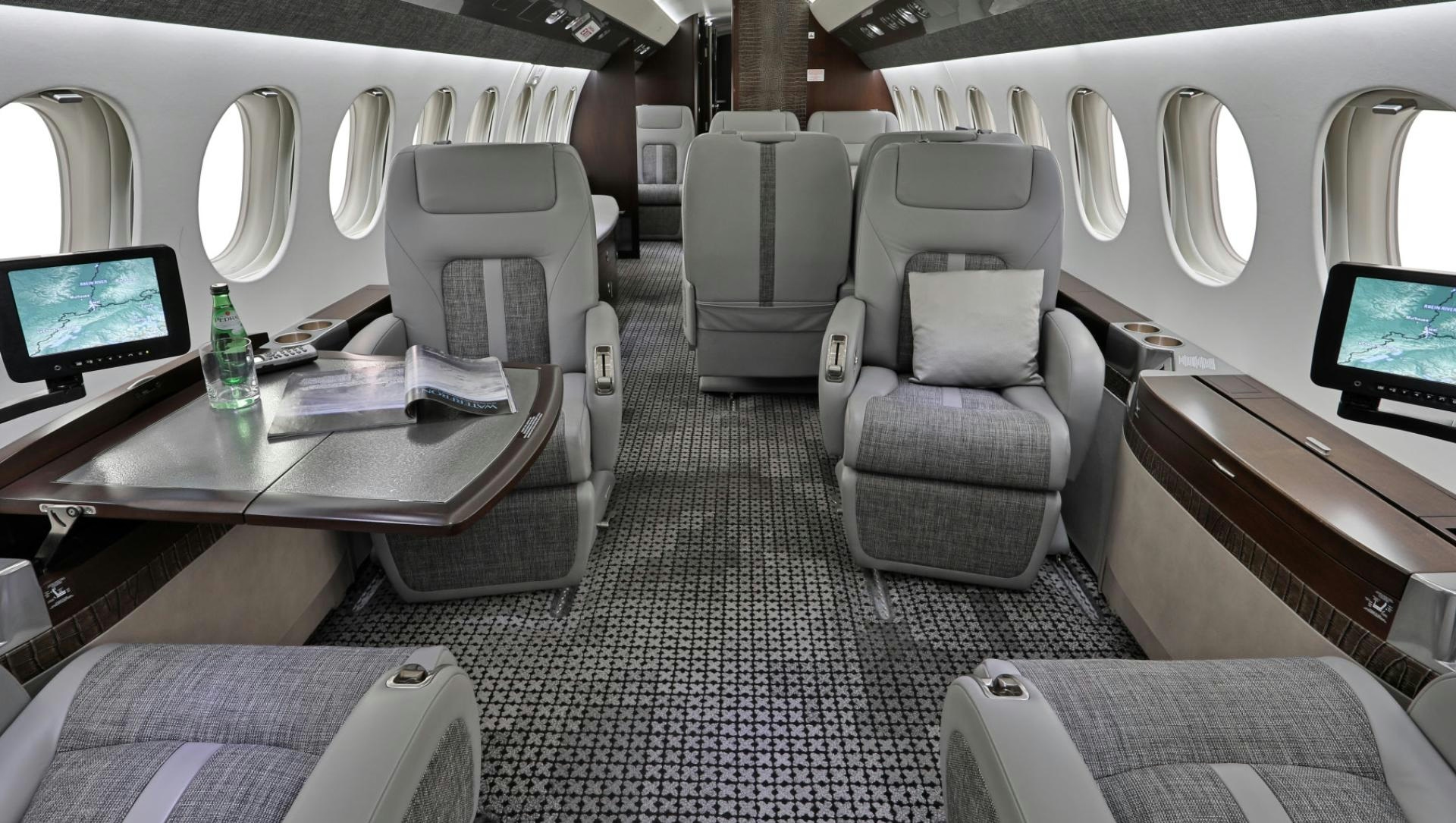
AeroGenie — Votre copilote intelligent.
Tendances
Categories
The Aircraft Poised to Replace the Boeing 767
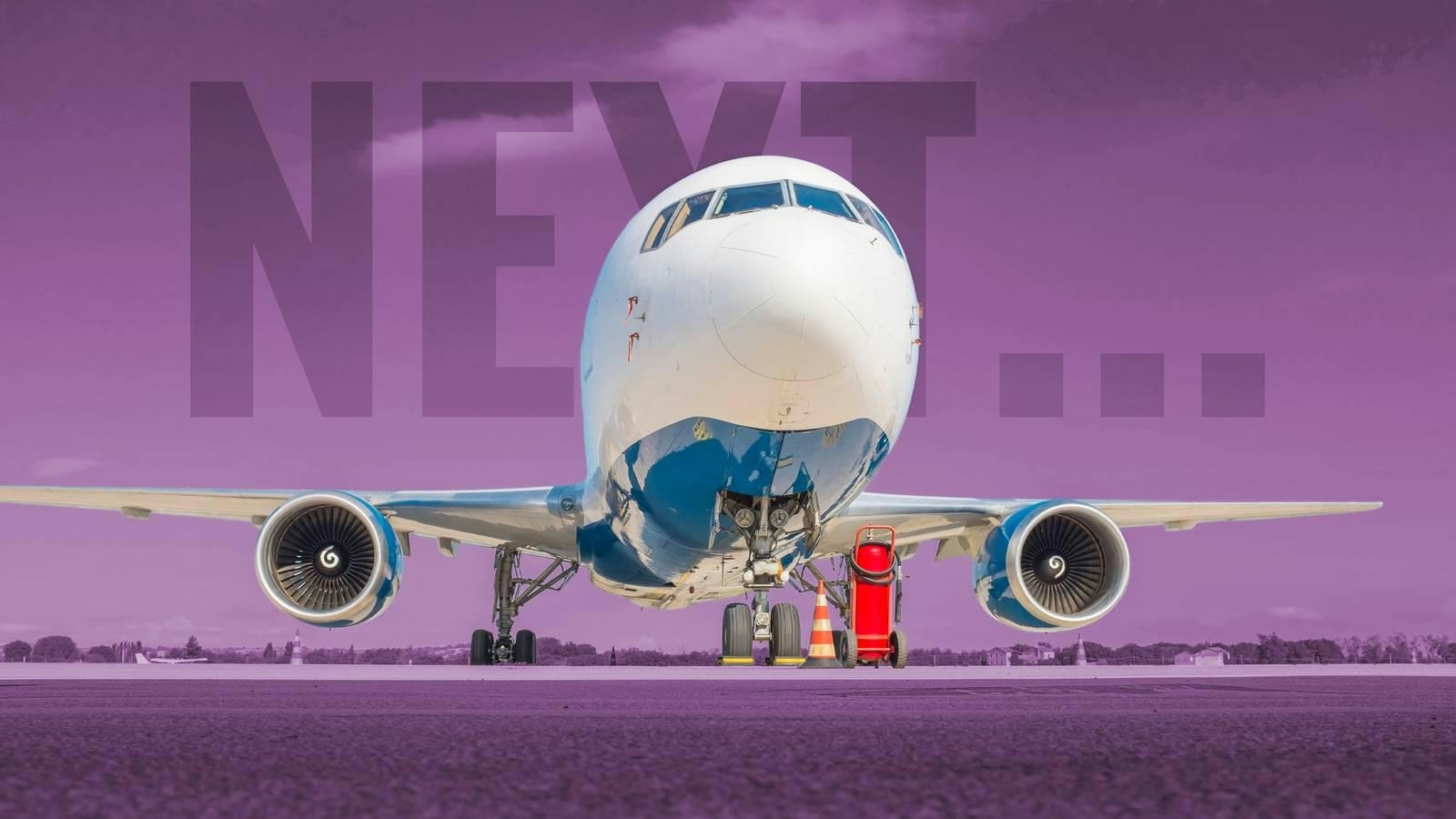
The Aircraft Poised to Replace the Boeing 767
The Boeing 767, which first entered service in September 1982 with United Airlines as its launch customer, has been a cornerstone of medium- and long-haul aviation for more than four decades. With over 1,340 units delivered as of September this year, the 767 remains in limited production, including modern variants such as the 767-200ER, capable of seating 181 passengers over a range of 6,590 nautical miles. Despite its enduring presence, the 767’s era is nearing its end as rising maintenance costs and increasingly stringent emissions regulations reshape the commercial aviation landscape.
Regulatory Pressures and Industry Shifts
A pivotal transformation is underway in the aviation sector, driven by new emissions standards introduced by the International Civil Aviation Organization (ICAO), which will come into effect in 2028. These regulations mandate that all newly certified aircraft comply with rigorous CO2 emission limits—standards that most existing models, including the Boeing 767, are unlikely to meet. While Boeing’s forthcoming 777X and Airbus’s A350 are anticipated to satisfy these requirements, the Airbus A330neo has already achieved a significant milestone. It is the first aircraft officially certified by the European Union Aviation Safety Agency (EASA) to meet the post-2028 environmental standards, positioning it at the forefront of the industry’s next generation of aircraft.
The Airbus A330neo as the Successor
This certification establishes the A330neo as the leading contender to replace the Boeing 767 as the medium- to long-haul workhorse for airlines, particularly those willing to move beyond traditional brand loyalties. The A330neo family, which includes the A330-900 and A330-800 variants, entered service with TAP Air Portugal in 2018 and Kuwait Airways in 2020, respectively. These aircraft deliver a 14% improvement in fuel efficiency per seat compared to their predecessors, largely due to the integration of advanced Rolls-Royce Trent 7000 engines. German carrier Condor has even dubbed the A330neo the "2-liter aircraft," highlighting its exceptionally low fuel consumption of just 2.1 liters per 100 kilometers per passenger—significantly below the industry average.
Market Dynamics and Future Prospects
The broader commercial aviation market is also witnessing a shift in aircraft preferences. The Airbus A320 has recently surpassed the Boeing 737 as the most-delivered aircraft in history, underscoring the A320’s versatility and appeal to airlines prioritizing cost efficiency and extended range. This milestone reflects evolving market dynamics, with carriers increasingly favoring newer, more efficient models. Meanwhile, Boeing continues to focus on its existing product lines and has indicated that no new aircraft projects are currently underway. Instead, the company is exploring alternative strategies, such as the Kansas Modification Center’s initiative to convert Boeing 787s into freighters, reflecting a growing trend toward repurposing existing aircraft to meet changing market demands.
As the aviation industry adapts to stricter environmental regulations and shifting market preferences, the Airbus A330neo emerges as the most viable and future-proof replacement for the aging Boeing 767, heralding a new chapter in medium- and long-haul air travel.
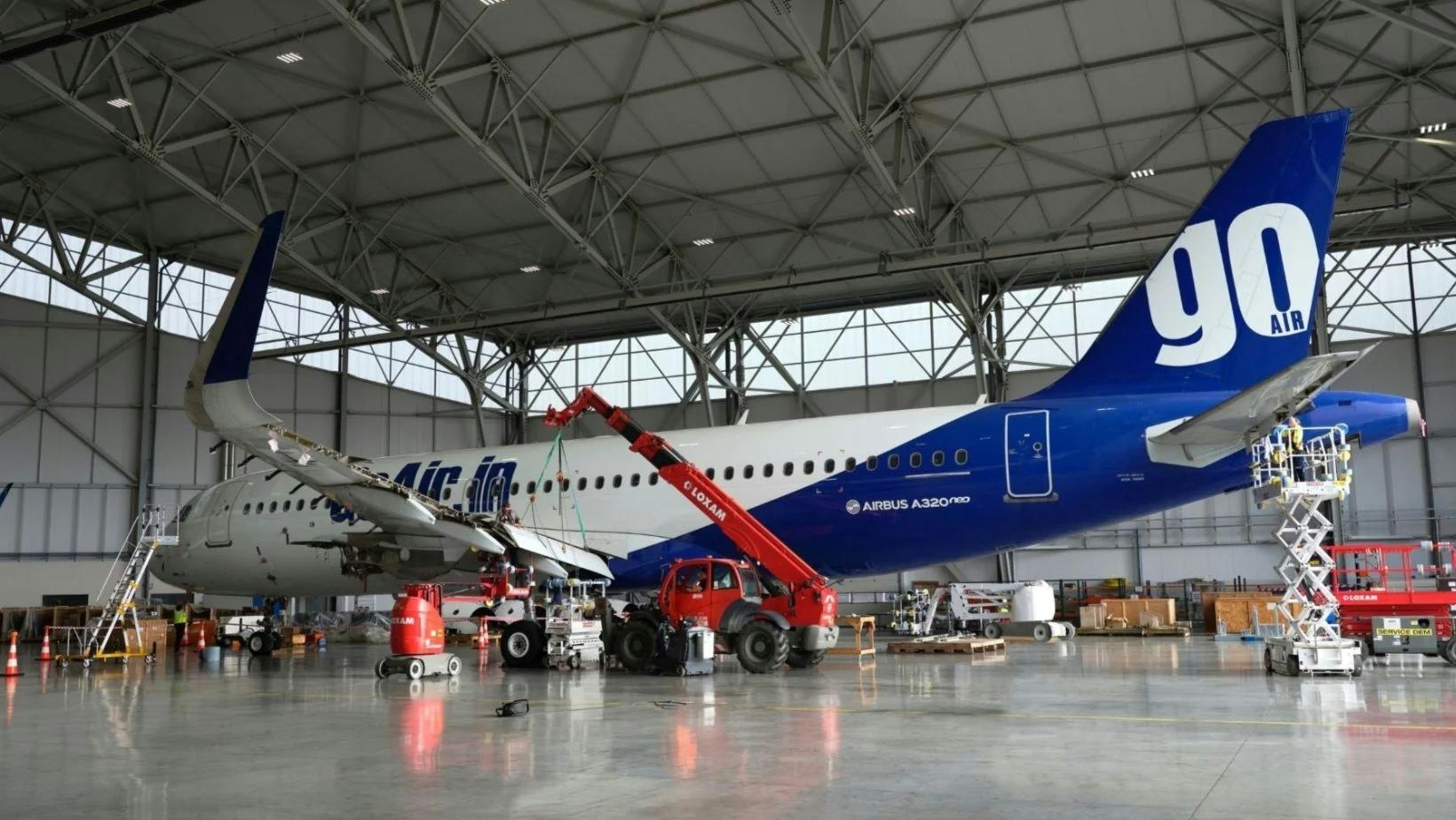
AerFin Conducts First A320neo Teardown in the Philippines
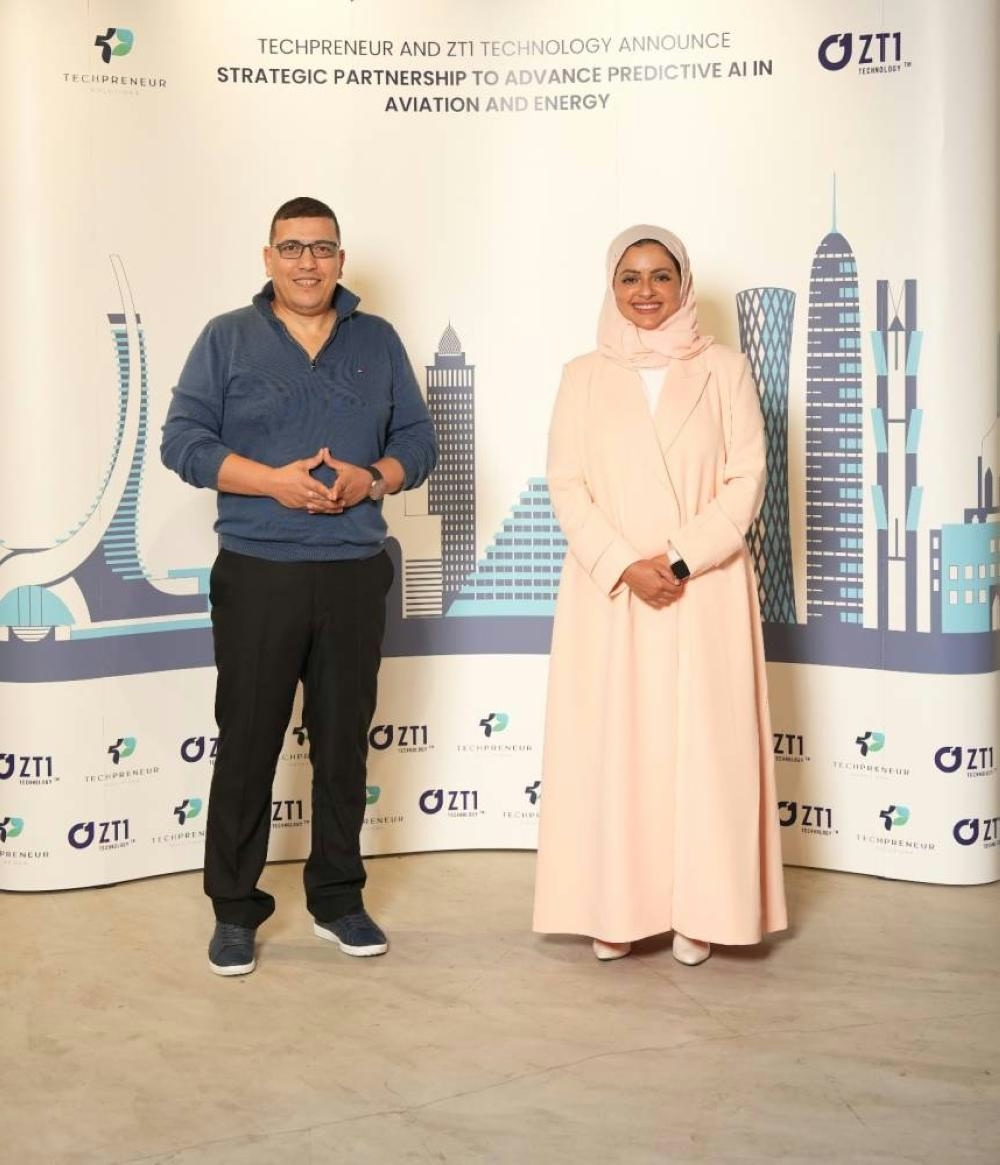
TechPreneur and ZT1 Launch AI-Optimized Electrification Platform for Aviation and Energy
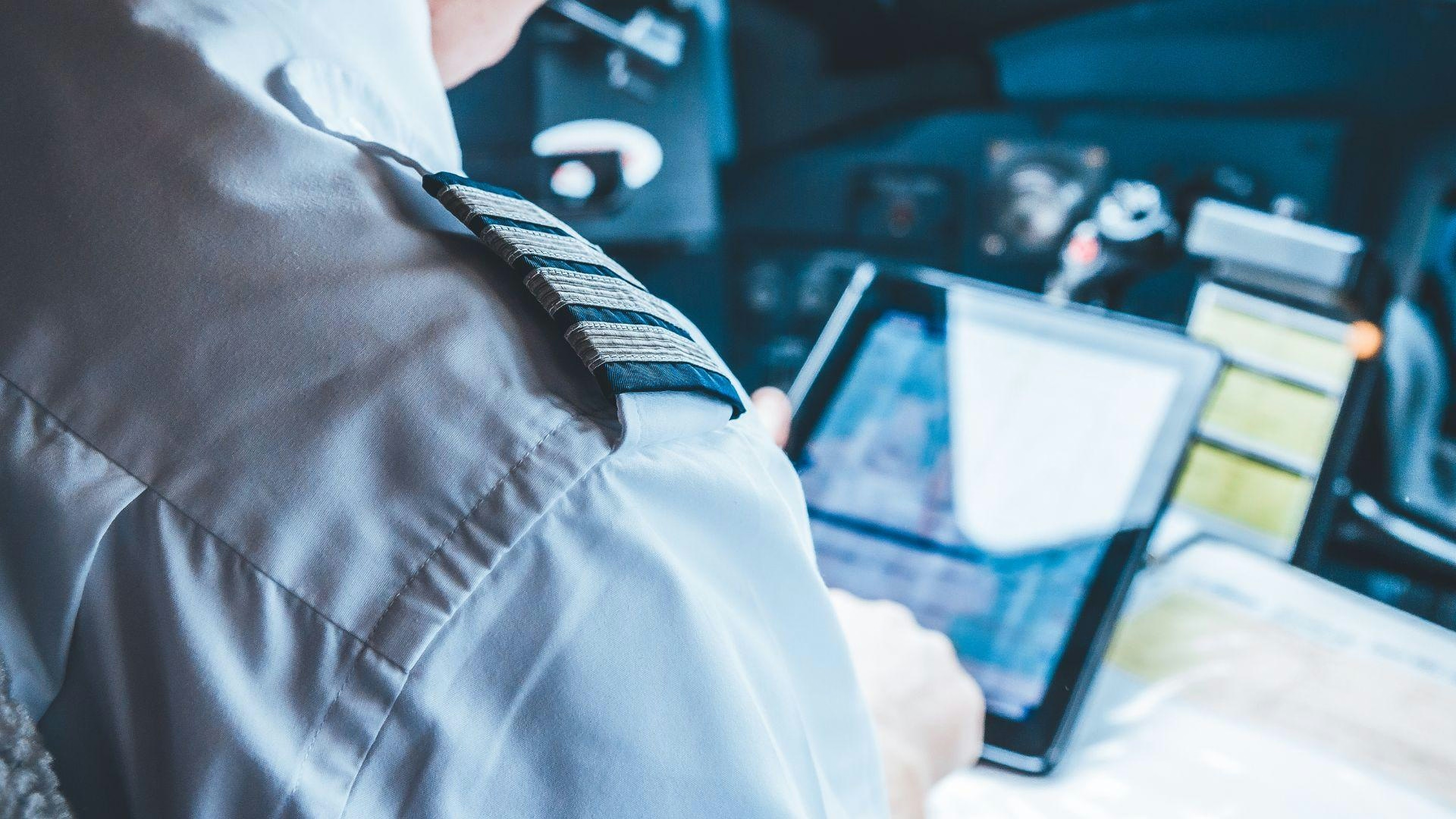
Web Manuals simplifies AI adoption for business aviation
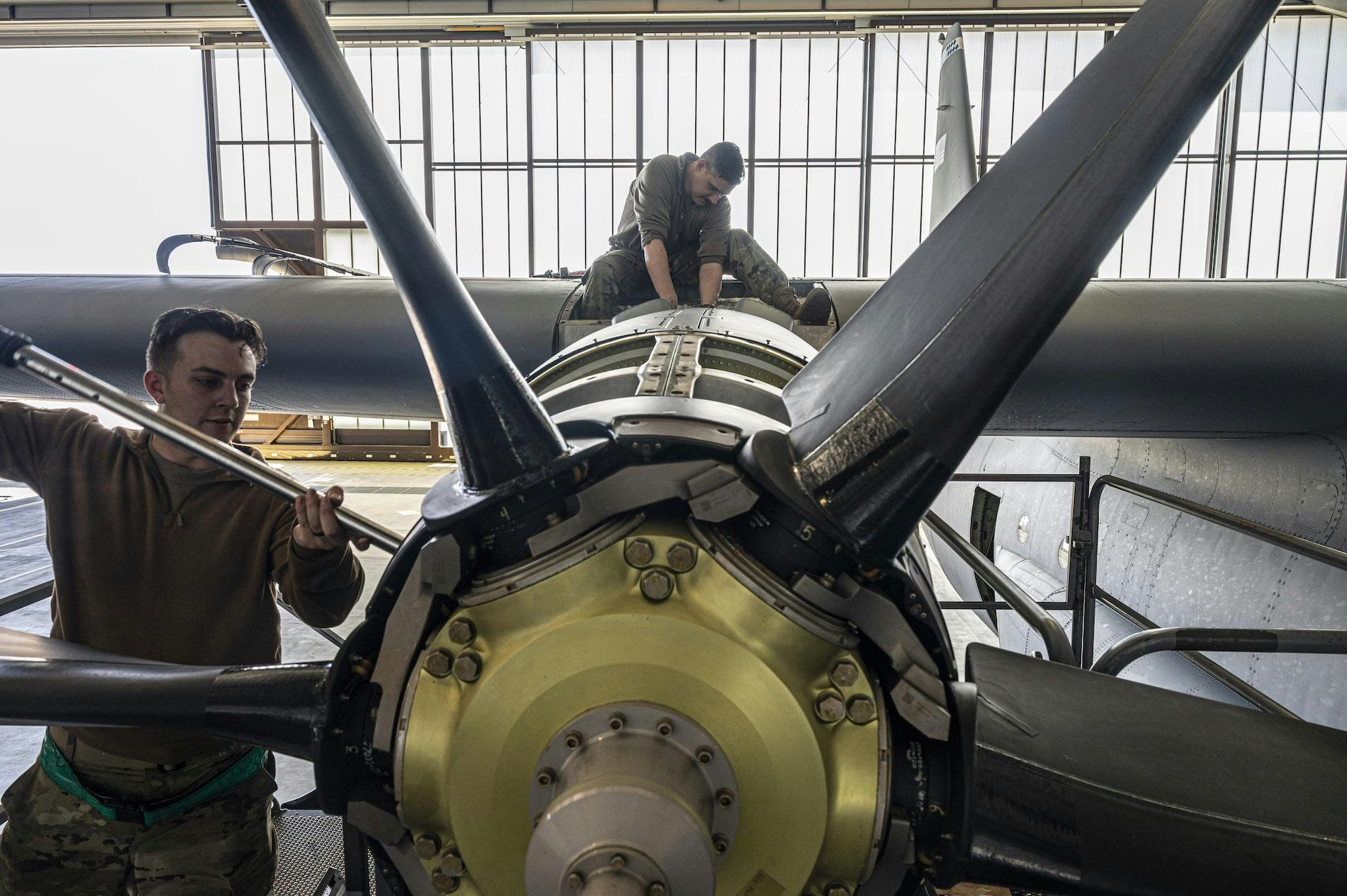
Predictive Maintenance and Its Impact on Aerospace and Defense
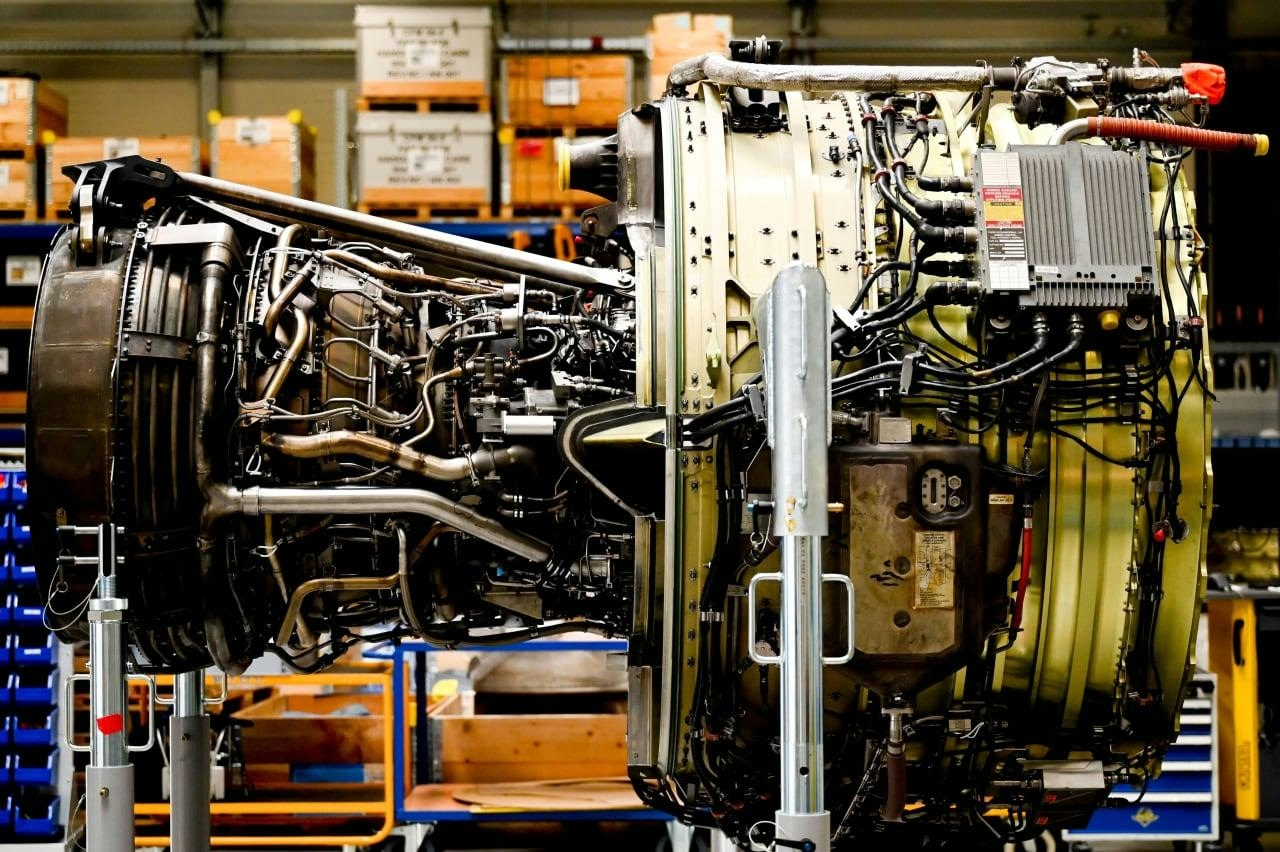
Engine Shortages Ground New Aircraft Production

Wright International partners with Fiji Airways to expand in North America

Embraer and Mahindra Partner on India’s Defense Initiatives
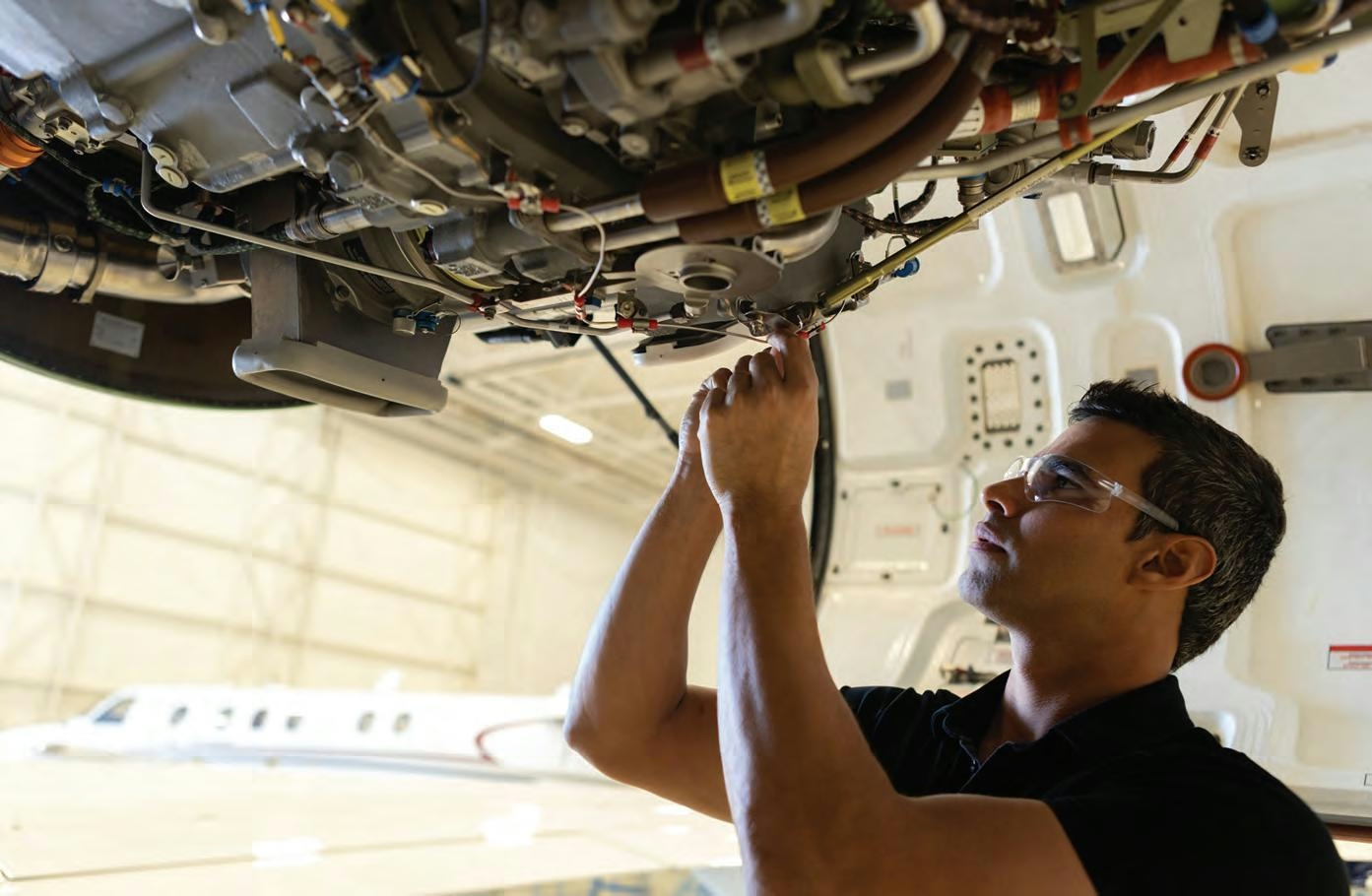
Gen Z Technician Earns Over $100,000 Repairing Plane Engines After 21 Months of Training
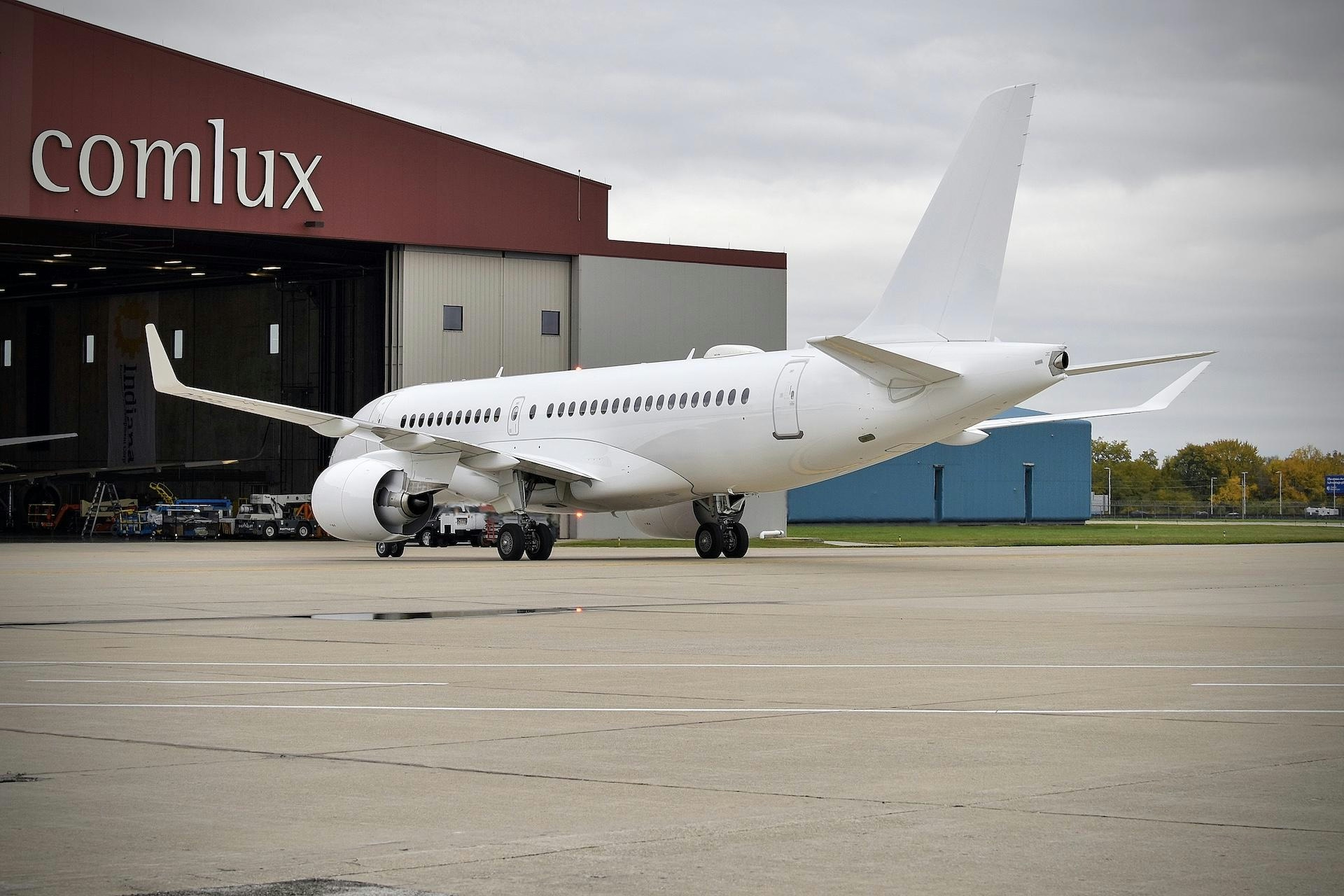
Comlux America Expands Operations Amid Record Backlog
